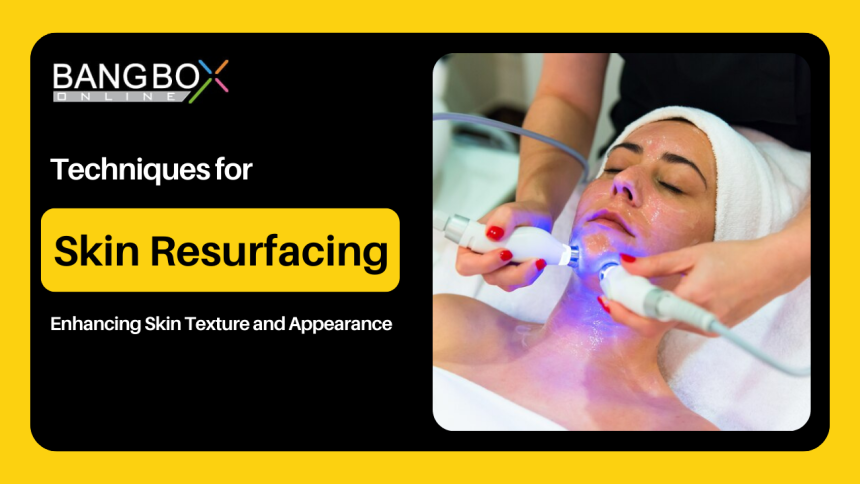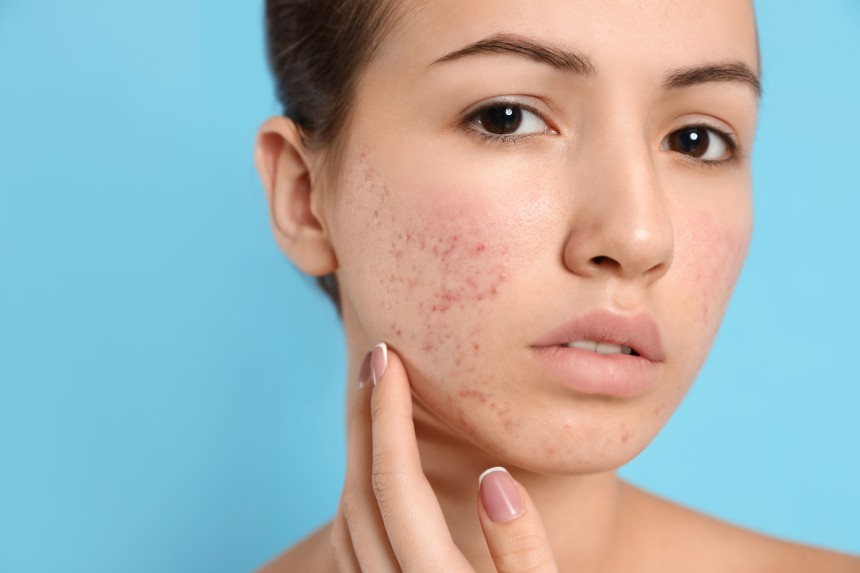
Techniques for Skin Resurfacing: Enhancing Skin Texture and Appearance
We all very well know about the phrase “First impression is the Last impression.” This clearly states the importance of first impression. And to boost this first impression you must be ready to give your skin the VIP treatment it deserves. With a clear canvas and a glowing skin you will definitely rock this first impression theory. But it is the hardest thing to achieve! Think Twice... With skin resurfacing techniques it Is surely not! Join us as we spill the secrets on how to enhance your skin's texture and appearance. Get ready to embrace a new level of confidence and glow!
What is Skin Resurfacing
Alright, picture this: skin resurfacing is basically your skin's way of getting a makeover, like a spa day for your face. Why? To jazz it up, make it smoother, and bring out that youthful vibe. People opt for this beauty boost to tackle various skin issues and turn back the clock a bit.
Now, let's break it down. There are different avenues to get that glow-up, and it all comes down to special treatments. Think of them as your skin's personal trainers, each one targeting specific concerns. It's like having a toolbox full of tricks to address whatever your skin throws at you.
1. Chemical Peels:
· Process: Chemical peels involve the application of a chemical solution to the skin, causing the outer layer to peel off.
· Types: Superficial, medium, and deep peels are available, with varying degrees of penetration.
· Benefits: Chemical peels can address fine lines, wrinkles, uneven pigmentation, and superficial scars.
2. Microdermabrasion:
· Process: Microdermabrasion uses a machine to exfoliate the outer layer of the skin with tiny abrasive crystals or a diamond-tipped wand.
· Benefits: Effective for improving skin texture, reducing mild scars, and enhancing the absorption of skincare products.
3. Laser Resurfacing:
· Process: Laser resurfacing employs laser beams to remove the outer layers of the skin, stimulating collagen production.
· Types: Fractional lasers treat only a fraction of the skin, leaving surrounding areas intact for faster healing.
· Benefits: Addresses wrinkles, scars, pigmentation irregularities, and promotes skin tightening.
4. Fractional Radiofrequency (RF) Treatments:
· Process: Fractional RF treatments use radiofrequency energy to heat the skin and stimulate collagen production.
· Benefits: Effective for improving skin laxity, reducing wrinkles, and enhancing overall skin texture.
5. Microneedling:
· Process: Microneedling involves creating micro-injuries in the skin with tiny needles to stimulate collagen and elastin production.
· Benefits: Improves fine lines, acne scars, and overall skin texture.
6. Dermabrasion:
· Process: Dermabrasion is a surgical procedure that uses a high-speed rotary instrument to remove the outer layers of the skin.
· Benefits: Effective for deeper scars, sun damage, and certain precancerous growths.
7. CO2 Laser Resurfacing:
· Process: CO2 laser resurfacing vaporizes the outer layers of the skin, achieving a more aggressive form of skin rejuvenation.
· Benefits: Addresses deep wrinkles, scars, and pigmentation issues.
8. Chemical Resurfacing Agents:
· Process: Topical agents like alpha hydroxy acids (AHAs) and beta hydroxy acids (BHAs) act as chemical exfoliants.
· Benefits: Regular use promotes cell turnover, improving skin texture and reducing fine lines.
9. Non-Ablative Laser Treatments:
· Process: Non-ablative lasers penetrate the skin without removing outer layers, stimulating collagen production.
· Benefits: Improves skin tone, reduces fine lines, and requires minimal downtime.
10. Combination Therapies:
· Process: Combining multiple resurfacing techniques for comprehensive skin rejuvenation.
· Benefits: Addresses a range of skin concerns and enhances overall results.
Considerations:
· Skin Type: Different techniques may be more suitable for specific skin types and conditions.
· Downtime: The extent of downtime varies, with some techniques requiring minimal recovery and others necessitating more substantial downtime.
· Consultation: A consultation with a qualified dermatologist or skincare professional is crucial to determine the most suitable technique based on individual skin concerns and goals.
So, the bottom line is this: if you're dreaming of smoother skin, consult the pros. They're the mapmakers on this journey, ensuring you reach your destination with your skin singing and you grinning. Your skin, your rules – let the experts help you script the perfect skincare story.




